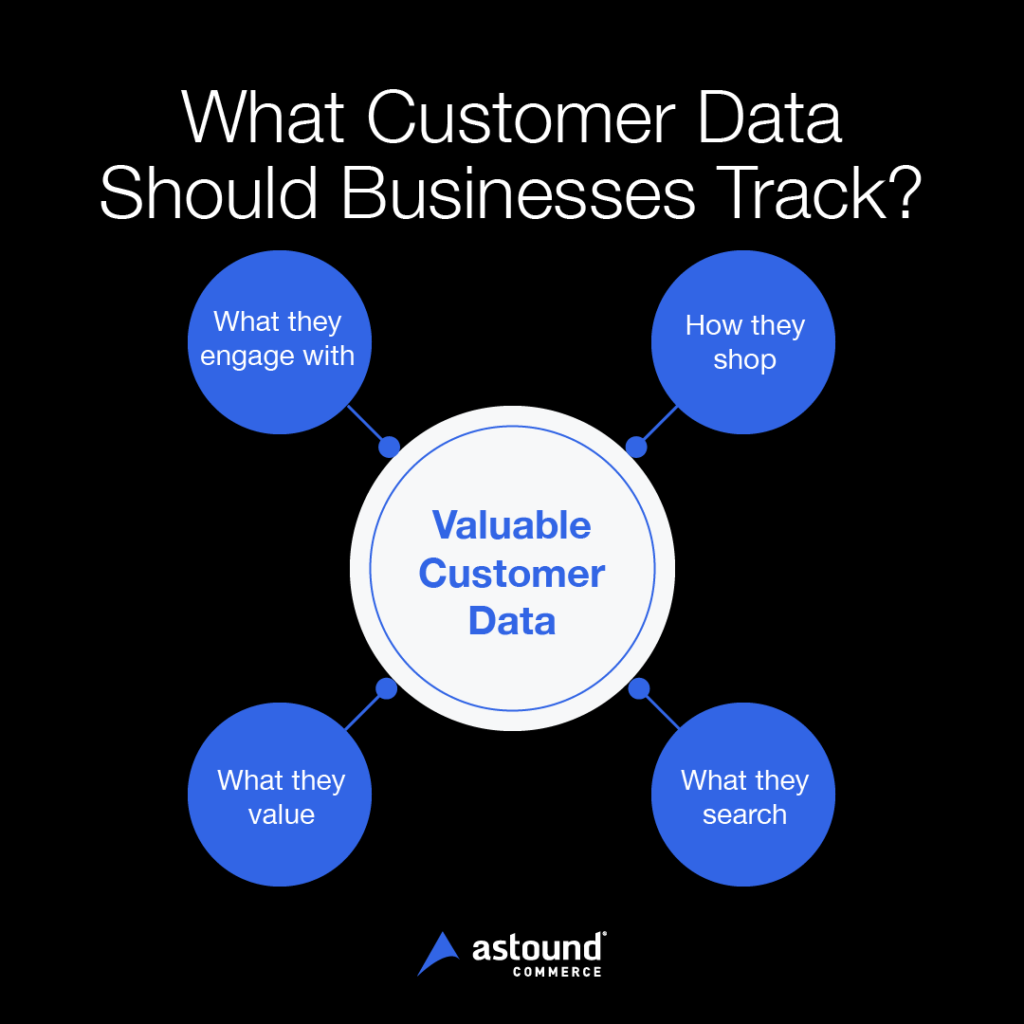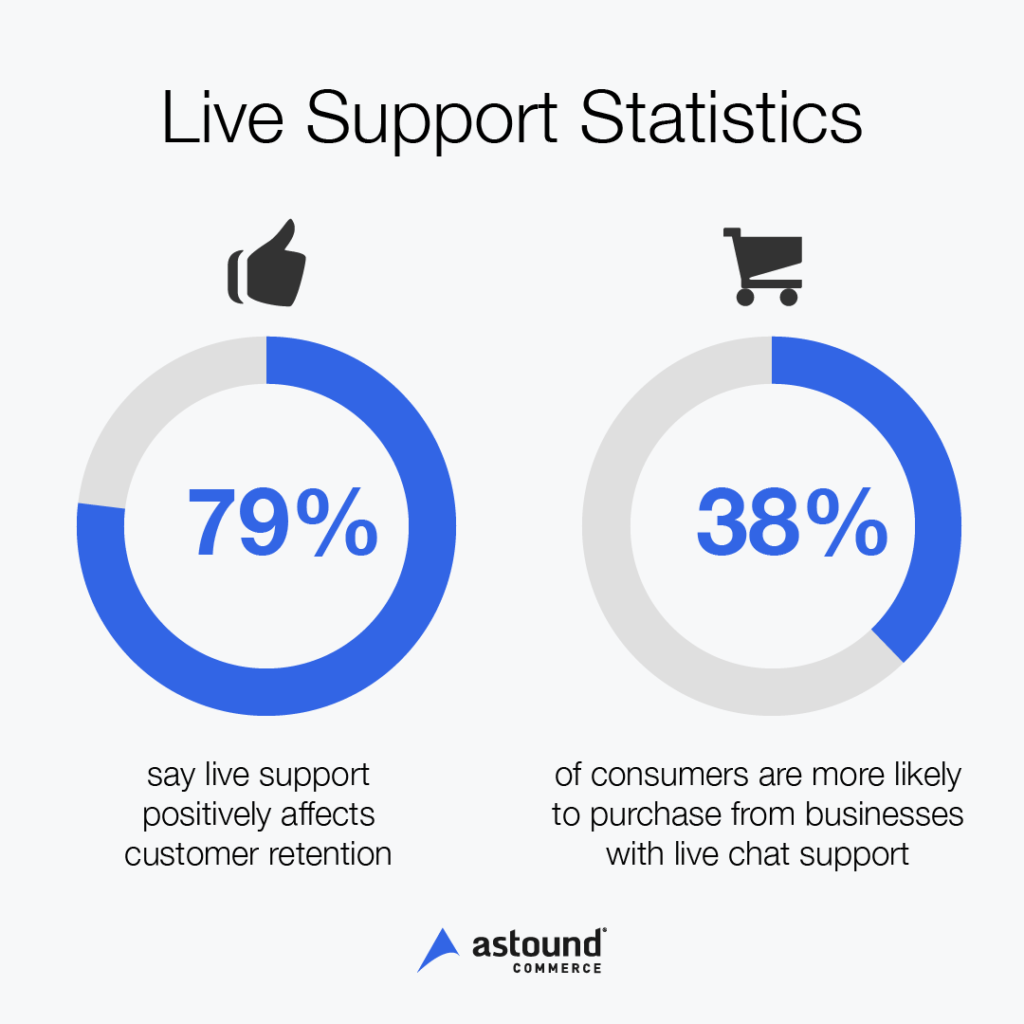Luxury D2C ecommerce helps connect brands to the scores of consumers who now prefer to shop online, turning them into returning customers. According to Bain & Company, luxury brands can increase their profits by 25 to 95 percent when they improve their customer retention rates by 5 percent—because returning customers browse more, spend more, and convert more.
Much can be learned from “digital-native” brands—those that came into being online, never opened a physical store, and have always handled distribution via the D2C approach. Here are 10 of the top D2C brands in 2021, compiled by Luxe Digital magazine.
- Away
- Parachute
- Brooklinen
- Shinola
- Anine Bing
- Boll & Branch
- Summersalt
- Senreve
- M.Gemi
- Aurate
All these D2C brands boast a strong following, high website traffic, and a loyal customer base, and luxury brands looking to move to ecommerce have much to learn from them about how to attract and retain customers in the online environment.
D2C Customer Retention Tips for Luxury Brands
Customers expect higher-quality customer service, customizable options, and a personalized experience from their favorite luxury brands. At Astound, we build and activate data-enabled commerce platforms to support that personalized, high-end experience. Here are six tips from our experts on how to translate that experience to a D2C ecommerce store to maintain customer loyalty.
1. Collect customer data. Before creating a personalized experience, luxury brands need to understand their customers’ wants and needs, both through website analytics and customer feedback. Businesses can collect data by tracking how customers shop, what they search for, which products they engage with, and what they value.

2. Know when to bring in Apex for the heavy lifting. Declarative capabilities are great, but sometimes you’ll want to have more control over the execution and flow of the underlying code. This is especially true in high-throughput examples where you may have thousands of orders per second flowing into the platform and requiring calculation. Flows are not necessarily going to be compiling the most optimized code under the hood, so you might want to specifically ensure you’re bulkifying your queries, or queuing your requests to external systems. This is where the Apex programming language comes in, allowing you to carefully craft this logic while still tying it into the declarative flows of the platform.
3. Utilize an integration framework such as MuleSoft. As we’ve explored earlier and as you may have experienced yourself, an order management system depends greatly on integrations with other systems to orchestrate the order lifecycle. To ensure you are not taxing the Salesforce platform too heavily with data transformation or business rules, or simply with outbound requests, we recommend that you position yourself for success by using an integration layer between Salesforce Order Management and your external integrations. Of course, if you calculate that the resource utilization of a particular integration is small enough, a point-to-point integration can work and even be preferable—but if you have a large volume of outbound requests or heavy extract, transform, and load (ETL) work to do, we do not recommend Salesforce for this workload.

4. Personally connect to shoppers. According to Forrester, 77 percent of consumers prefer brands with personalized service or a personalized experience. In addition, McKinsey estimates that a customized shopping journey, both physical and digital, increases business revenue by 5 to 15 percent.
Options for how luxury D2C brands can connect with their customers include live chat, personal shopping services, boutique appointment booking, virtual appointments, and using augmented reality for virtual product testing.
Of course, the shopping experience is only one stage of customer retention. Brands need to follow through with a customer after purchase through feedback requests, promotions, and newsletters to connect with each customer personally.
5. Integrate artificial intelligence in the customer experience. Artificial Intelligence–powered technology gives luxury brands an edge on their customer experience. Luxe Digital recommends that luxury brands use machine learning and chatbots to provide personalized assistance based on past customer conversations by generating input or performing classification. Voice recognition software can help users quickly find information or make appointments, and image recognition technology enables computers to recognize images through machine learning.
One great example of AI in action is Farfetch, which uses visual search through AI Syte. The Farfetch mobile app has a “See it, Snap it, Shop it” feature where users upload images to search for products quickly. Other luxury brands that use AI include Louis Vuitton, Burberry, Tommy Hilfiger, Dior, and Estée Lauder.
6. Elevate customer service with omnichannel tech. While digital commerce stores are quickly growing, physical stores still have their place in the luxury market. Luxury brands can also use the same technology they use online in their physical stores to make the shopping experience easier and therefore retain more customers.
Some top brands using omnichannel technology include:
- Farfetch
- Nordstrom
- Harvey Nichols
- Rag & Bone
- Matches
- Jimmy Choo
- Gucci
- Tiffany
- 247 Sevres
- Net-a-Porter
6. Enhance delivery options. The post-purchase experience is an integral part of D2C ecommerce. Since all items are sent directly to the customer, shipping is a vital component of that experience. Luxury customers expect an enhanced shipping experience with premium service, broader shipping choices, faster delivery options, reliable tracking, pre-paid return labels, and personalized delivery slips.
Many customers also like to choose their packing methods, such as discreet packaging, premium packaging, gift wrapping, and sustainable options.
For example, Dior and Ruinart use Urb-it for convenient and personalized delivery options from two-hour on-demand to 30 days in the future. In addition, Urb-it allows customers to contact couriers in transit. Other packaging and delivery sales services that assist in the luxury shopping experience include Toshi and Retain.me.
Choosing the Right Platform for Luxury D2C Ecommerce
While ecommerce brands focused on a broader market can afford to prioritize visibility and product marketing, luxury brands need to focus on the customer experience their market has come to expect. Thanks to newer technology, marketers are learning to create a personalized experience that encourages customer loyalty. The key to creating that experience is choosing a scalable, customizable hosted ecommerce platform like Shopify Plus, which offers a simplified store setup process, easy day-to-day management, and an all-in-one commerce solution featuring shopping cart functionality and sales channel integrations.
Astound’s digital commerce specialists can replatform your luxury brand to Shopify Plus for an ecommerce experience that will boost your customer retention by supporting end-to-end customer relationship optimization and a concierge experience both online and offline.
